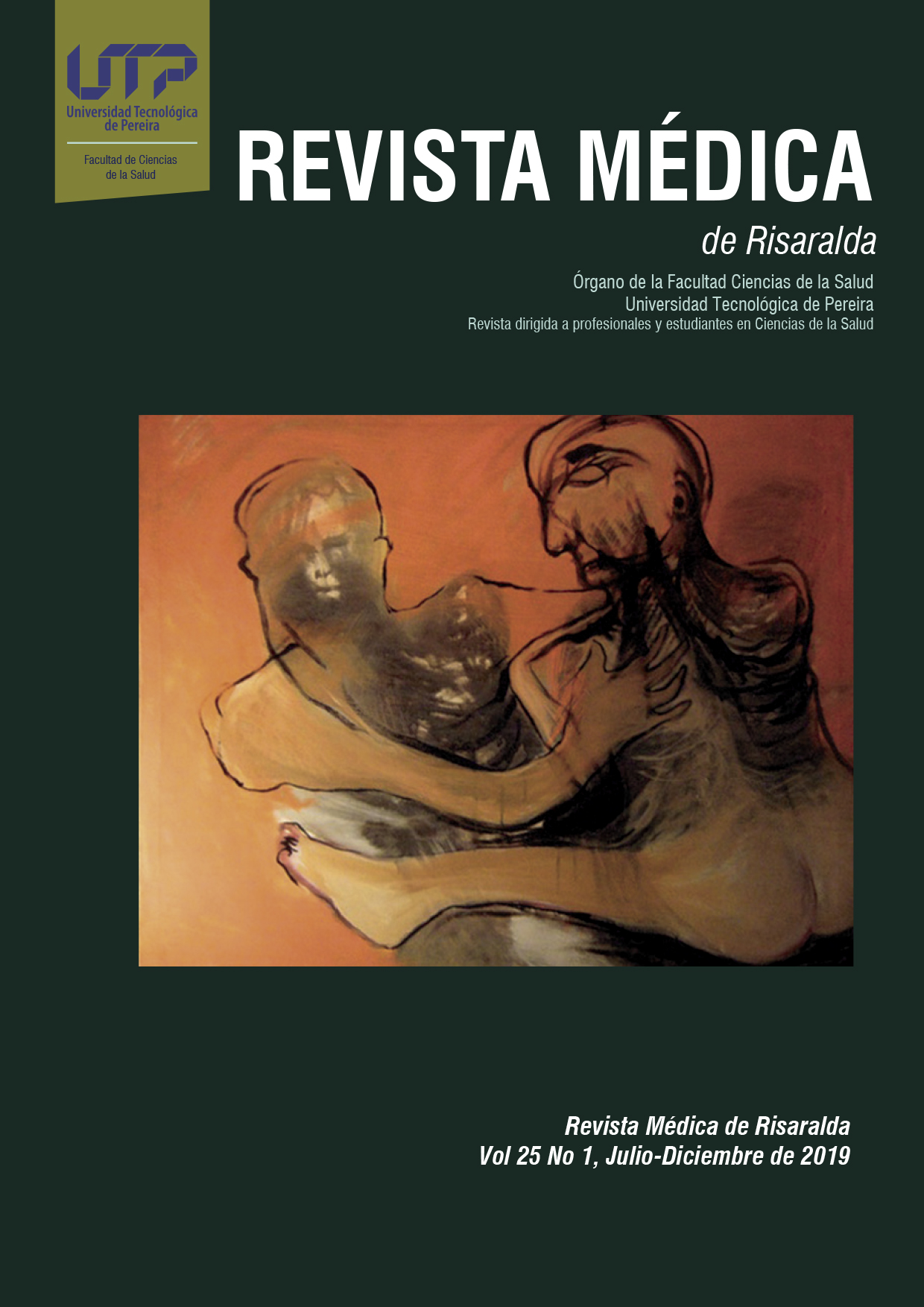Frecuencia y procedencia del antígeno Kell en mujeres donantes de sangre durante los años 2016-2017
DOI:
https://doi.org/10.22517/25395203.16081Palabras clave:
eritroblastosis fetal, Sistema del Grupo Sanguíneo de Kell, Complejo Antígeno-Anticuerpo.Resumen
Introducción: El sistema Kell está formado por dos antígenos principales: el Kell (K) y el Cellano (k), estos son capaces de causar reacciones graves, tales como reacción hemolítica postransfusional y la enfermedad hemolítica del recién nacido. Los antígenos de este sistema son altamente inmunogénicos lo que les confiere el tercer lugar en importancia clínica.
Objetivo: Determinar la frecuencia del antígeno Kell y procedencia de las mujeres donantes de sangre con antígeno Kell positivo en el Hemocentro del Centro Oriente Colombiano (HCOC).
Metodología: Estudio descriptivo de corte transversal que incluyó 186 donantes voluntarias de sangre del Hemocentro Centro Oriente Colombiano, se realizó la fenotipificación del antígeno Kell, utilizando la técnica Aglutinación en lámina, la cual se basa en enfrentar glóbulos rojos del donante con anticuerpo monoclonal anti K. Se calculó la frecuencia fenotípica del antígeno Kell, en porcentajes y para el procesamiento de la información se utilizó el paquete estadístico SPSS versión 21.0 en español donde se realizó todo el análisis de los datos de la población.
Resultados: Se procesaron 177 muestras obtenidas en 9 campañas de donación de sangre realizadas en diferentes municipios del departamento de Boyacá, obteniéndose una frecuencia fenotípica del 7,5% para el antígeno Kell, en la población de mujeres donantes de sangre del HCOC, siendo esta similar con la frecuencia encontrada en Colombia y Latinoamérica.
Conclusión: Se determinó que la frecuencia del antígeno Kell en las mujeres donantes de sangre del HCOC fue del 7,5%, y se logró identificar que no existe una relación estadísticamente entre la procedencia y la presencia del antígeno Kell en las donantes, lo anterior está relacionado con el mestizaje y los procesos de migración.
Descargas
Descargas
-
Vistas(Views): 1016
- PDF Descargas(Downloads): 444
Publicado
Cómo citar
Número
Sección
Licencia
Cesión de derechos y tratamiento de datos
La aceptación de un artículo para su publicación en la Revista Médica de Risaralda implica la cesión de los derechos de impresión y reproducción, por cualquier forma y medio, del autor a favor de Facultad de Ciencias de la Salud de la Universidad Tecnológica de Pereira. 1995-2018. Todos los derechos reservados ®
por parte de los autores para obtener el permiso de reproducción de sus contribuciones. La reproducción total o parcial de los trabajos aparecidos en la Revista Médica de Risaralda, debe hacerse citando la procedencia, en caso contrario, se viola los derechos reservados.
Asimismo, se entiende que los conceptos y opiniones expresados en cada trabajo son de la exclusiva responsabilidad del autor, sin responsabilizarse ni solidarizarse, necesariamente, ni la redacción, ni la editorial.
Es responsabilidad de los autores poder proporcionar a los lectores interesados copias de los datos en bruto, manuales de procedimiento, puntuaciones y, en general, material experimental relevante.
Asimismo, la Dirección de la revista garantiza el adecuado tratamiento de los datos de carácter personal



